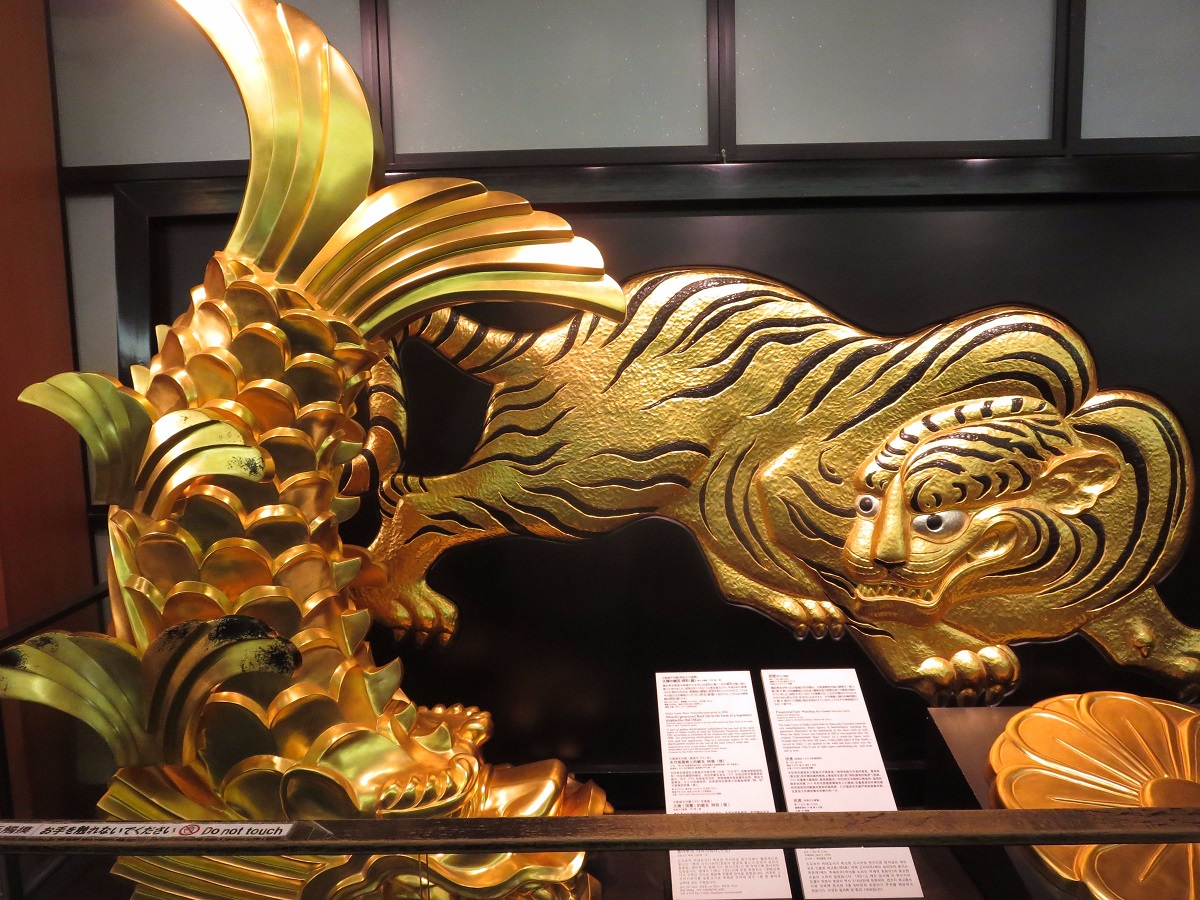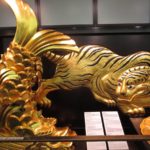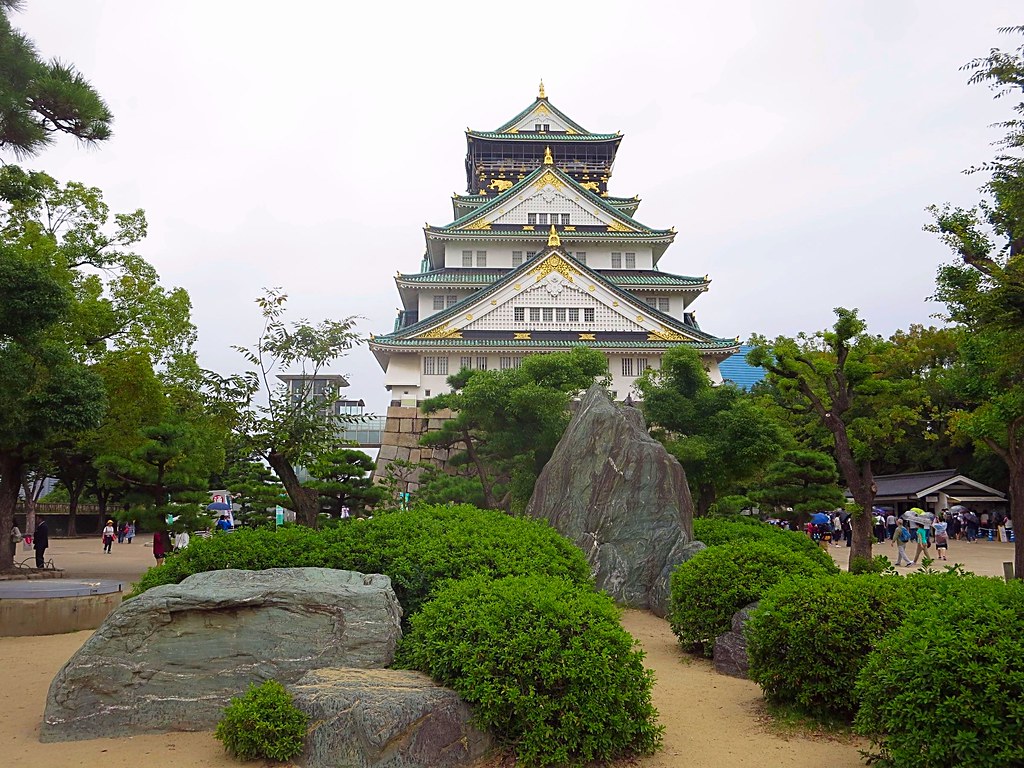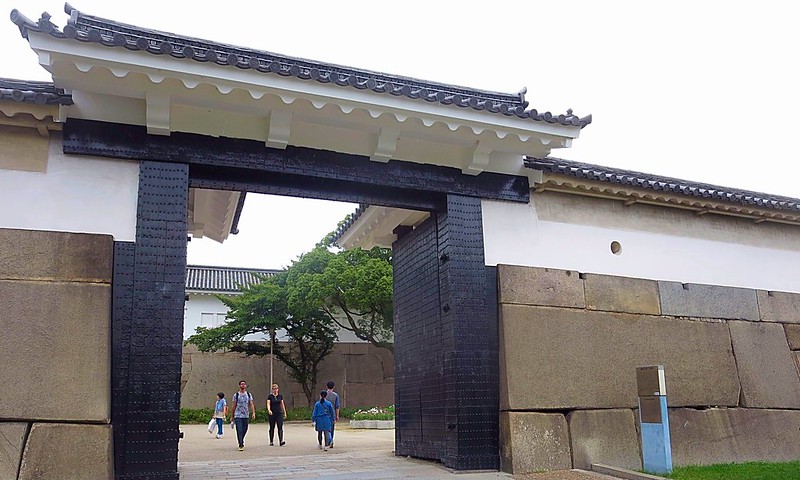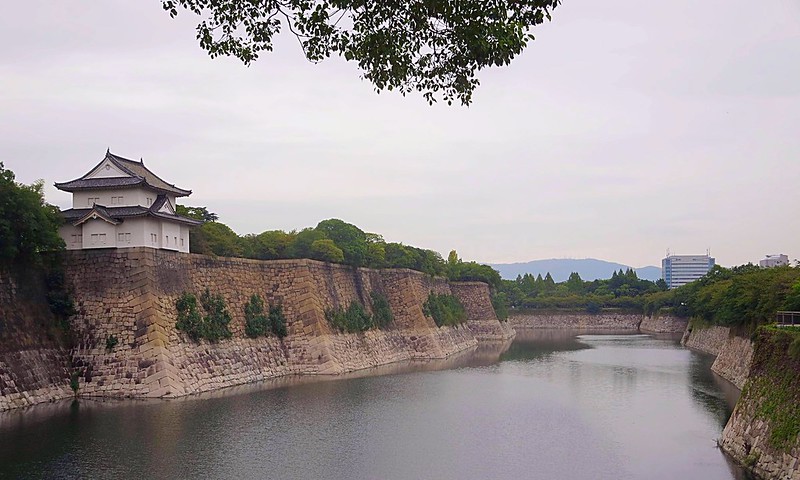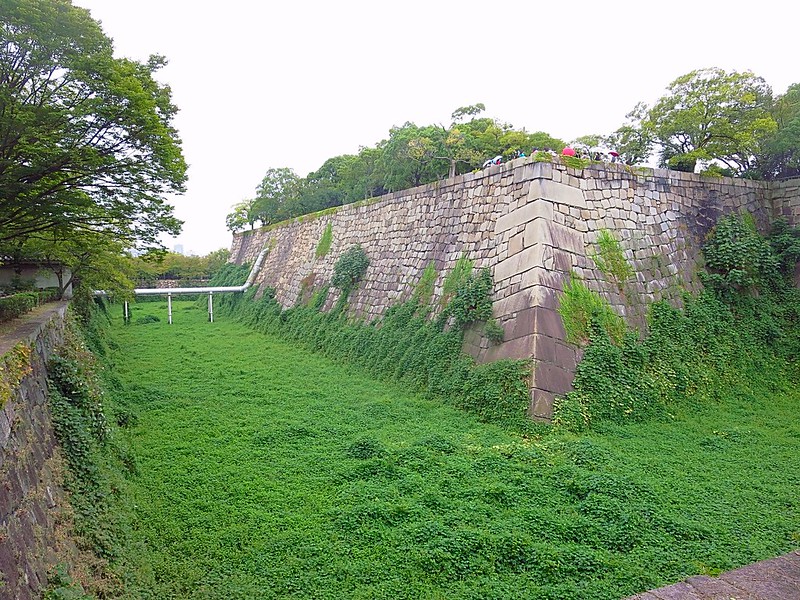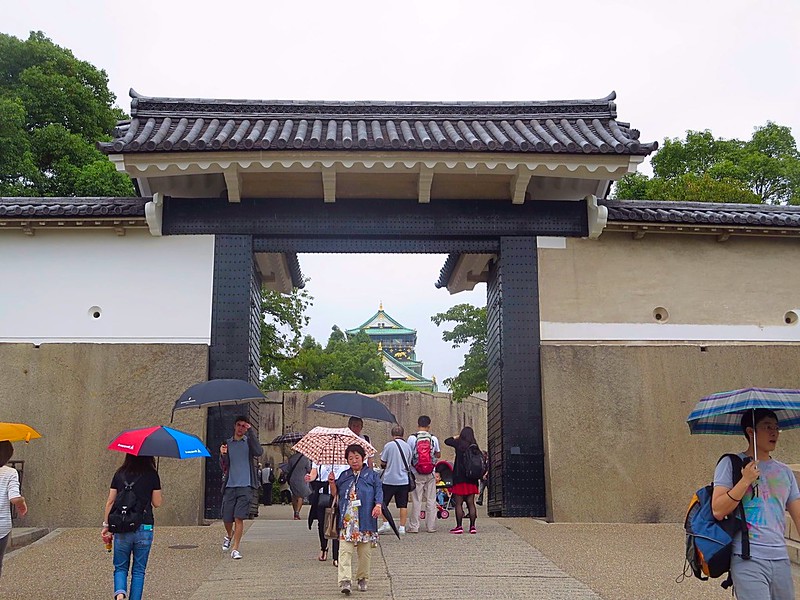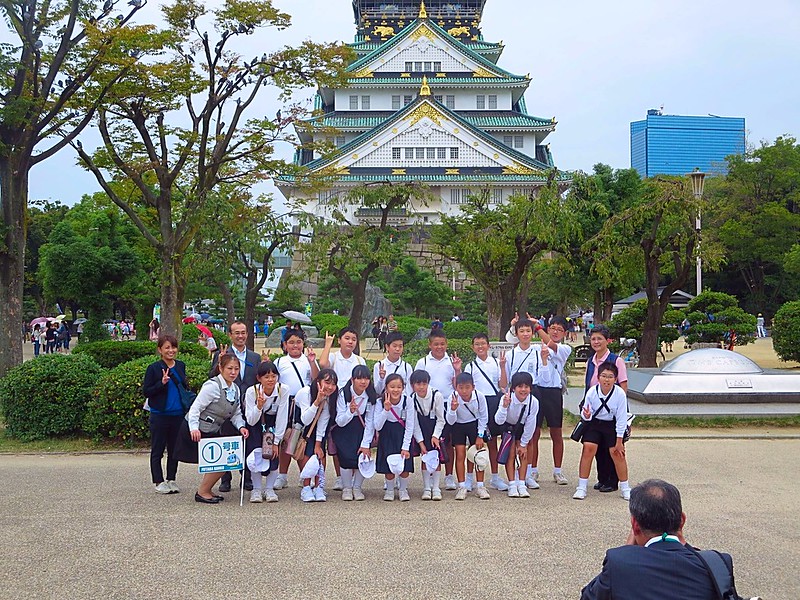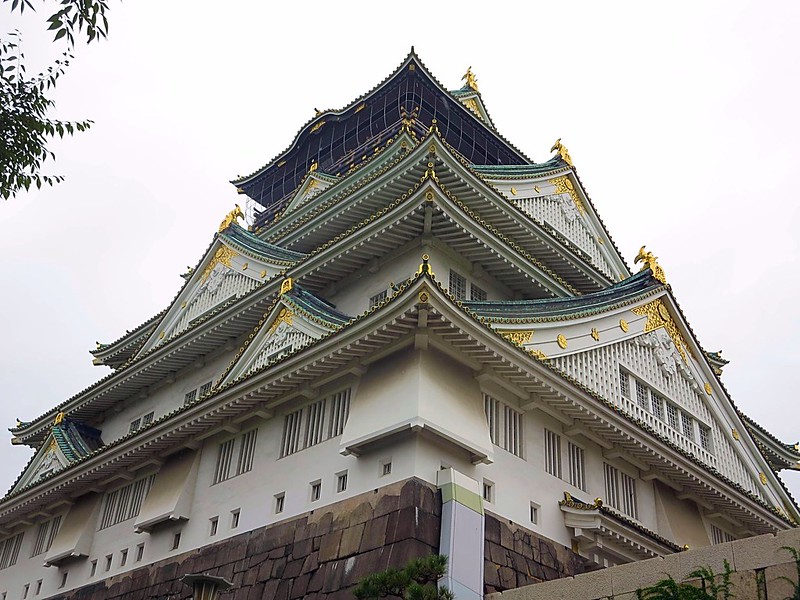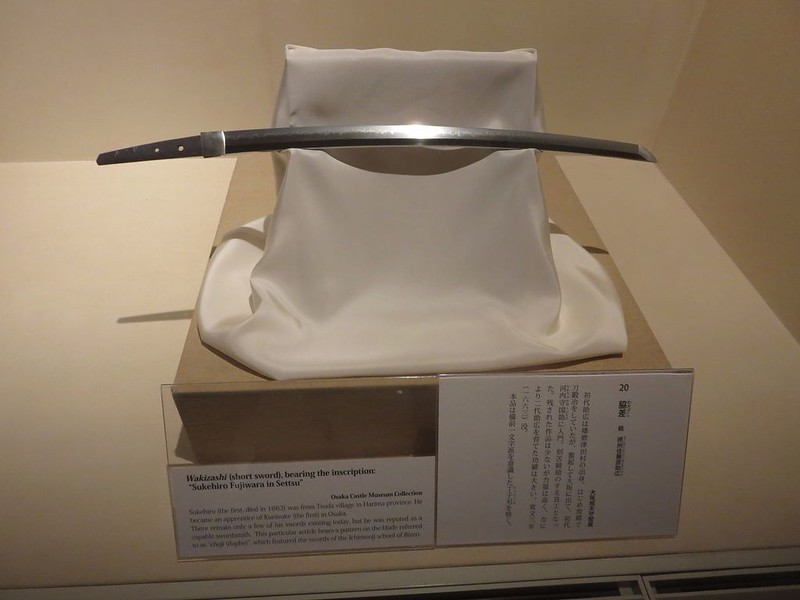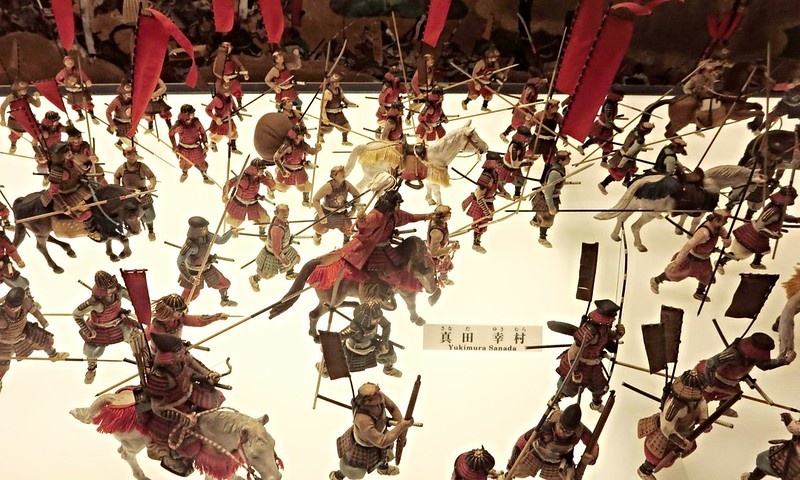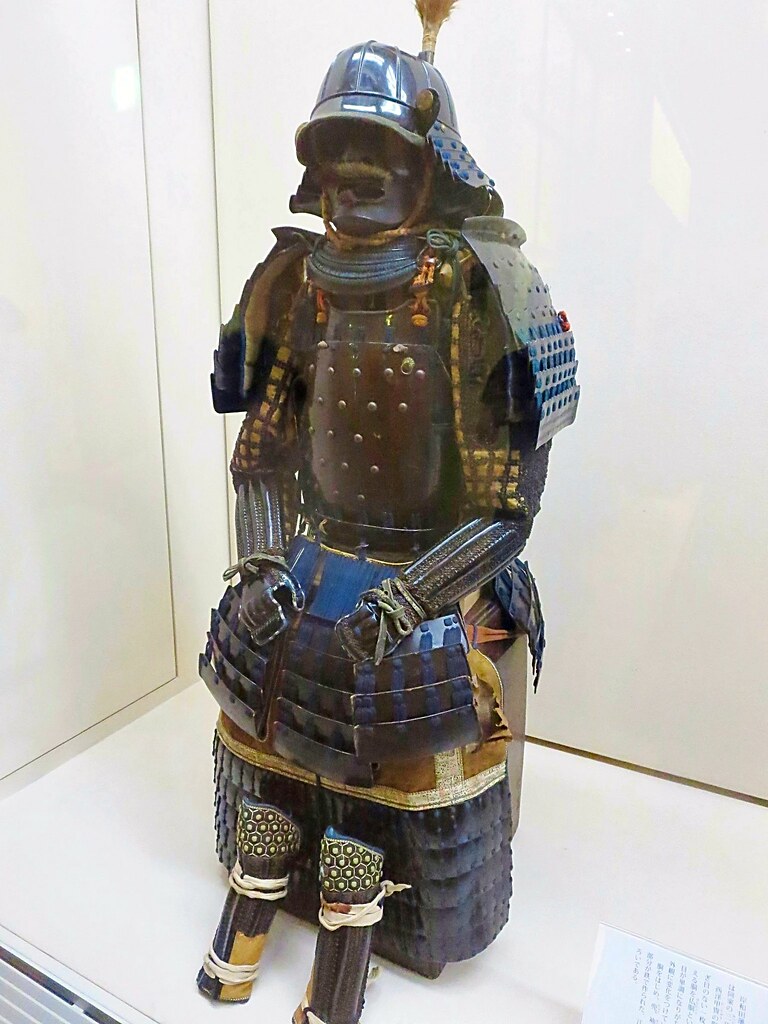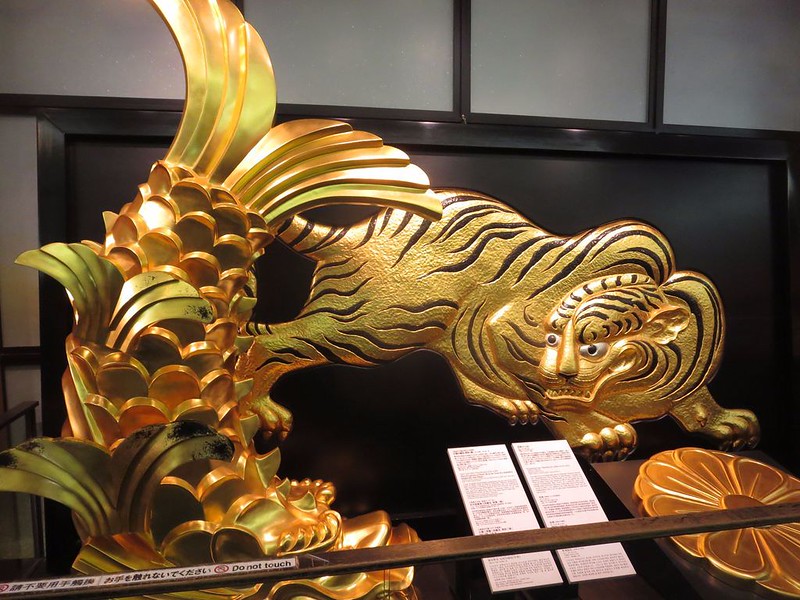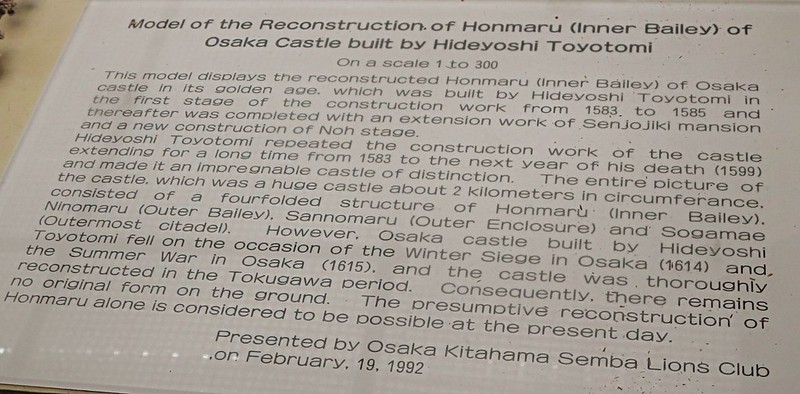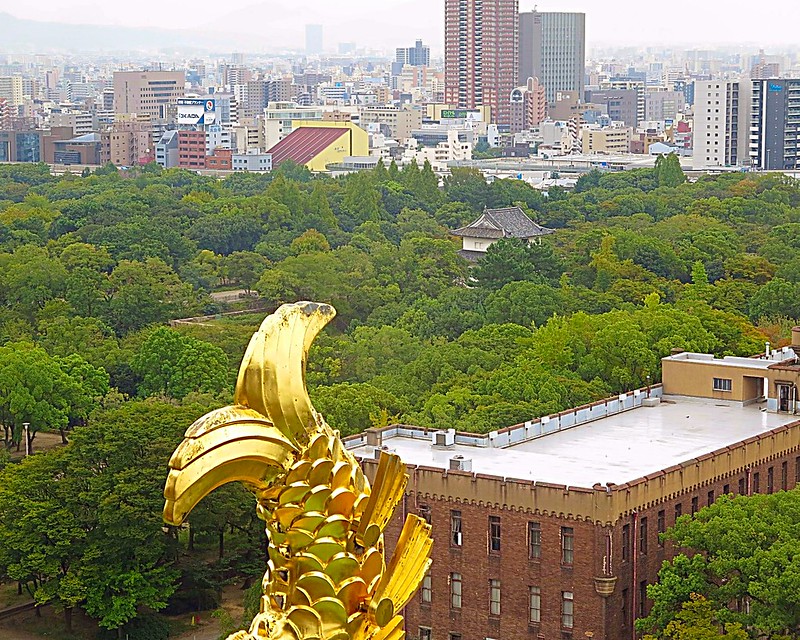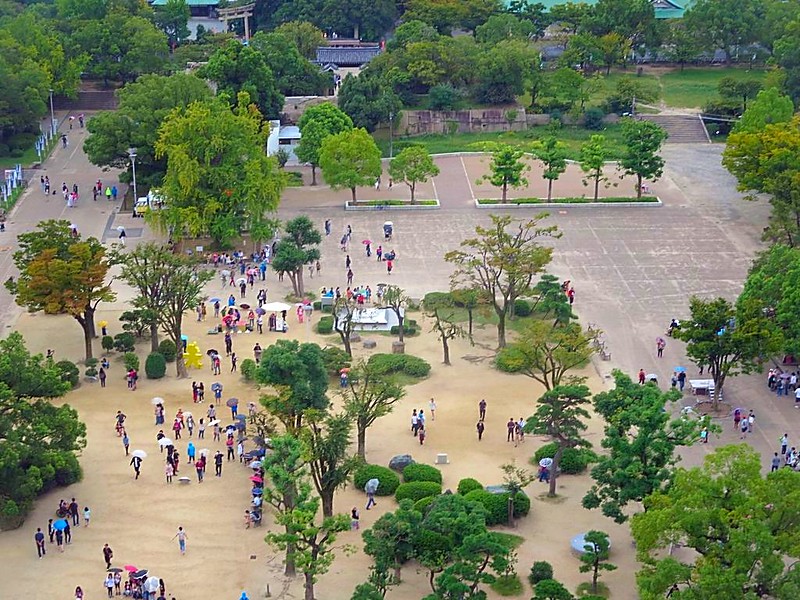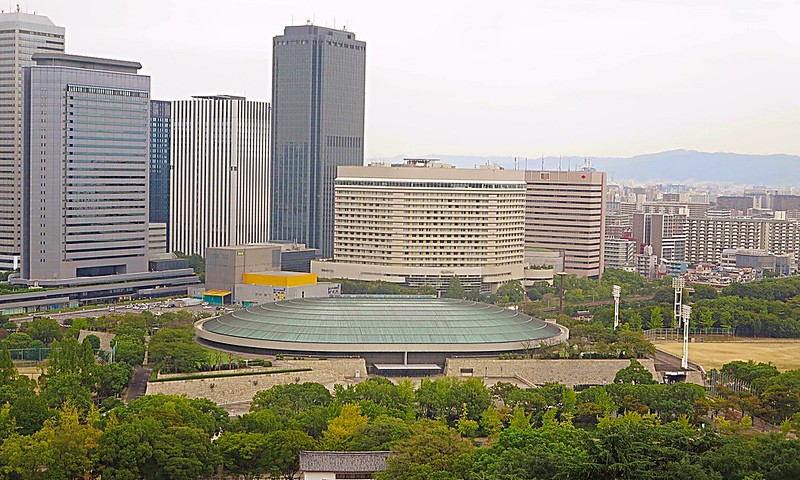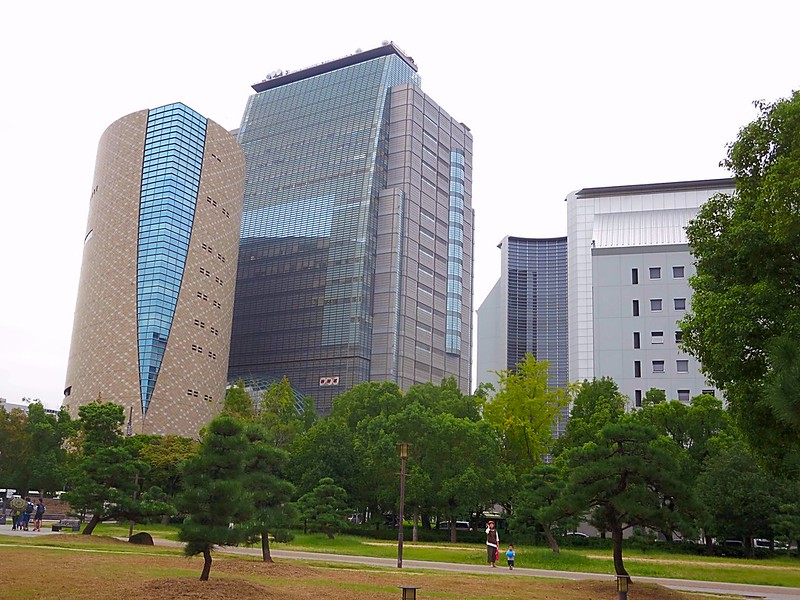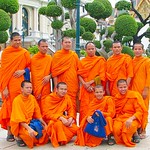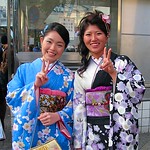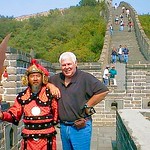Osaka Castle
Sixteenth century Osaka Castle
Sixteenth century Osaka Castle is a magnificent structure, it is one of Japan’s most famous landmarks, it played a major role in the unification of Japan during the 16th century.
Otemon (western) Gate
The castle grounds, which cover 60,000 square meters (15 acres), contain thirteen structures that are designated as important cultural assets by the Japanese government.
Castle moat
This is the Sixteenth century Osaka Castle outer moat.
The inner moat
The granite walls were built in the 1620s & remain standing today, they are made out of interlocked granite boulders without mortar. Many of the stones were brought from rock quarries near the Seto Inland Sea, and bear inscribed crests of the various families who donated them.
Sakura-mon Gate
Through the Sakura-mon Gate is the first glimpse of this magnificent building.
Photo opportunity at Sixteenth century Osaka Castle
At all the temples and shrine I have visited in Japan there are always huge numbers of school children learning about the history of their wonderful country.
Awesome castle
The central castle building is five stories on the outside and eight stories on the inside, and built atop a tall stone foundation to protect its occupants from attackers.
Long Queue for the elevator
Instead of joining the queue I decided to take the stairs, 8 floors and very steep, ok I admit I took a couple of rests on the way. 🙂
Samurai short sword
The various floors hold museum pieces from the past.
Models of Samurai warriors
Re-enacting battles from past centuries. The samurai (or bushi) were the warriors of pre-modern Japan. They later made up the ruling military class that eventually became the highest ranking social caste of the Edo Period (1603-1867). Samurai employed a range of weapons such as bows and arrows, spears and guns, but their main weapon and symbol was the sword.
Samurai
Samurai were supposed to lead their lives according to the ethic code of bushido (“the way of the warrior”). Strongly Confucian in nature, bushido stressed concepts such as loyalty to one’s master, self discipline and respectful, ethical behavior. Many samurai were also drawn to the teachings and practices of Zen Buddhism.
Magnificent Tiger
This tiger was so impressive.
Sixteenth century Osaka Castle
Model of reconstruction
Presented by Osaka Lion’s Club in 1992.
From to top floor of the castle
A view of Osaka from the 8th floor of Osaka Castle.
The Sixteenth century Osaka Castle grounds
Looking down from the 8th floor of Osaka Castle.
City skyline
A great view of Osaka from the top floor of Osaka Castle.
Beware all Ninjas
Awesome fire-power, well it may have been in the 16th century. 🙂
Modern buildings near the Castle
It’s about a 15 minute walk from the station to the Castle, here are some of the buildings you pass on the way.
Thanks for visiting my Sixteenth century Osaka Castle photo blog, I stayed in a nice budget hotel in Osaka five minutes walk to Namba station. Get a very good rate by using this link.
Here are some more posts to check out
A-One hotel on Beach Road
For a great room rate at the A-One hotel opposite the beach just book through THIS LINK.

That’s all folks
Check out these great posts
- French village Breil Sur Roya
Counter only started June 16 2020.
